It will shine still brighter when night is about you. May it be a light for you in dark places, when all other lights go out. -J.R.R. Tolkien
The night sky is no stranger to most of you. Once the Sun goes down in the west, the sky darkens, turning ever-deeper shades of blue until it approaches blackness, and stars and planets begin to come out against the fading backdrop.
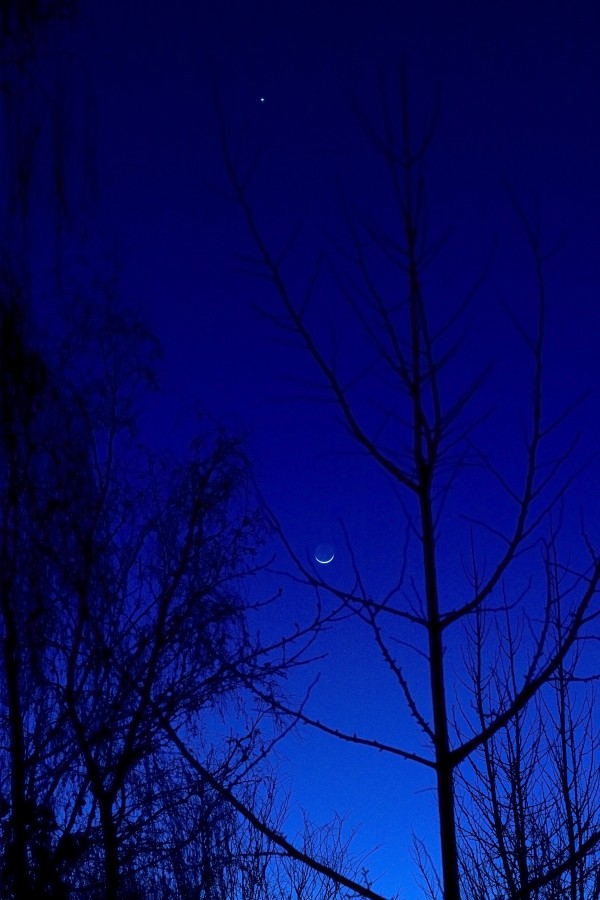
Many things pollute the darkening sky, and can obscure your vision of the dimmest objects in the sky. Getting away from the city and light pollution is important, as is having clear skies without too many clouds in them.
But even with those conditions -- an isolated location and a cloudless night -- you need a little more for some really great astronomical viewing.
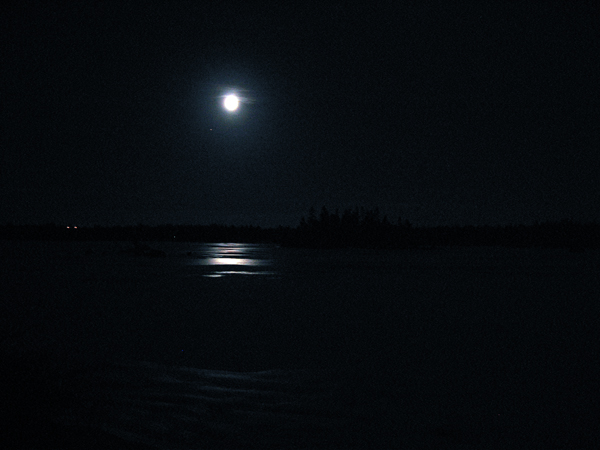
Sadly, the biggest, brightest, most prominent object in the night sky is also the biggest culprit for ruining a good night with a telescope. How so? Even though the largest Full Moon appears about 450,000 times dimmer than the Sun (!), it's still nearly 2,000 times brighter than the next brightest things in the sky, the planet Venus and the International Space Station!
The Moonlight, as it passes through the atmosphere, diffuses throughout the sky, creating a background light that makes viewing faint objects much more difficult. And when I say more difficult, I mean that you need binoculars to see things with the Moon out that would be visible to the naked eye otherwise, and a substantial telescope to see things that would otherwise be visible with binoculars.
But this is easy to plan for; the phases of the Moon --as well as Moonset and Moonrise times -- are well-known and predictable, so you can avoid the Moon if you want to see really dark skies. In fact, if you get far away from any cities and get a cloudless, Moonless night, you just might see something like this:

It's the Milky Way! But this gorgeous sight -- which paints a brilliant streak across the heavens -- has a terrible drawback. You see, the Milky Way is bright enough and diffuse enough that, when it's out, the very faintest objects close to it in the sky get washed out.
That's right. Ambient light from the Milky Way, despite the low brightness of the light itself, can make it hard to see faint objects near the galactic plane. Want to see what I'm talking about? Take a look at the video below.
- No light pollution from man-made sources (like cities).
- A clear, cloudless night.
- No Moon in the sky; either a New Moon, a Moon that's already set, or a Moon that hasn't yet risen are all ideal.
- And finally, the Milky Way, ideally, will have either already set or will not yet have risen.
Other than that, is there anything you can do to maximize how dark the night sky is? Well, the simplest thing ever: you want the Sun to be as close as possible to the opposite side of the Earth from you. In other words, you want to look at the sky as close to midnight as possible. By midnight, I mean not 12:00 AM, necessarily, but the time when the Sun is midway between Sunset and Sunrise, regardless of the time of year.
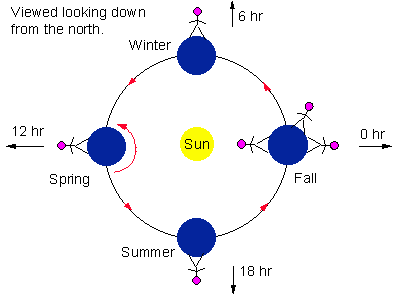
So you arrange for all four of those things to be true: far from all sources of light pollution, no clouds, no Moon, and no Milky Way, and then you look up at Midnight. What do you suppose you'll see? Gorgeous, dark skies, dotted with stars, satellites, and maybe some of the brighter galaxies, star clusters, and nebulae, right? Right? Well, here's a picture of what the sky under these conditions looks like.
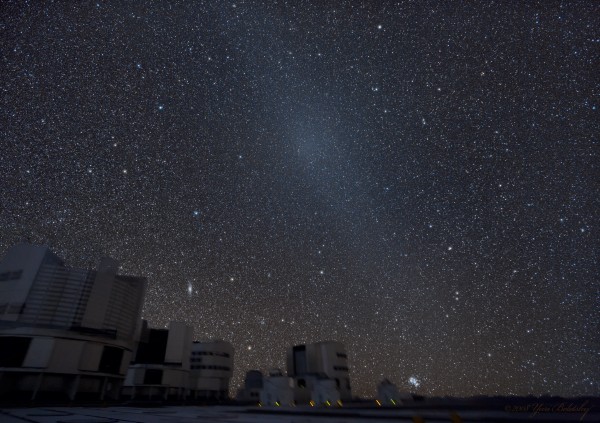
Really?! If we went through all that trouble to get the darkest skies possible, then what the hell is that glow up there?
Say hello to the gegenschein, which is German for counter-glow. This diffuse light is really unexpected at first glance, because it appears brightest directly 180° opposite to where the Sun is! And wouldn't you expect that to be the darkest part of the sky? (Note, by the way, that if you're clever, you can photograph it even if the galaxy is still up, as shown below.)
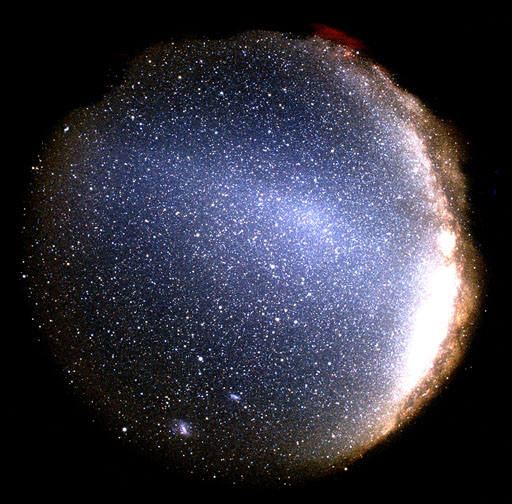
Well, there's got to be a good explanation for this. So where does this mysterious light come from? To understand this, I'm going to have to take you back in time about 4.5 billion years, to the formation of our Solar System.
What were things like back then?

We were all a slowly rotating cloud of gas and dust. Most of this gas and dust collapsed into the Sun, while a little bit collapsed into a disk orbiting the newly formed star.
What happened next in the disk was that the little bits of dust and gas attracted each other, and as they gathered together in larger and larger clumps, they formed planets, moons, asteroids, and comets. Mostly, that is.
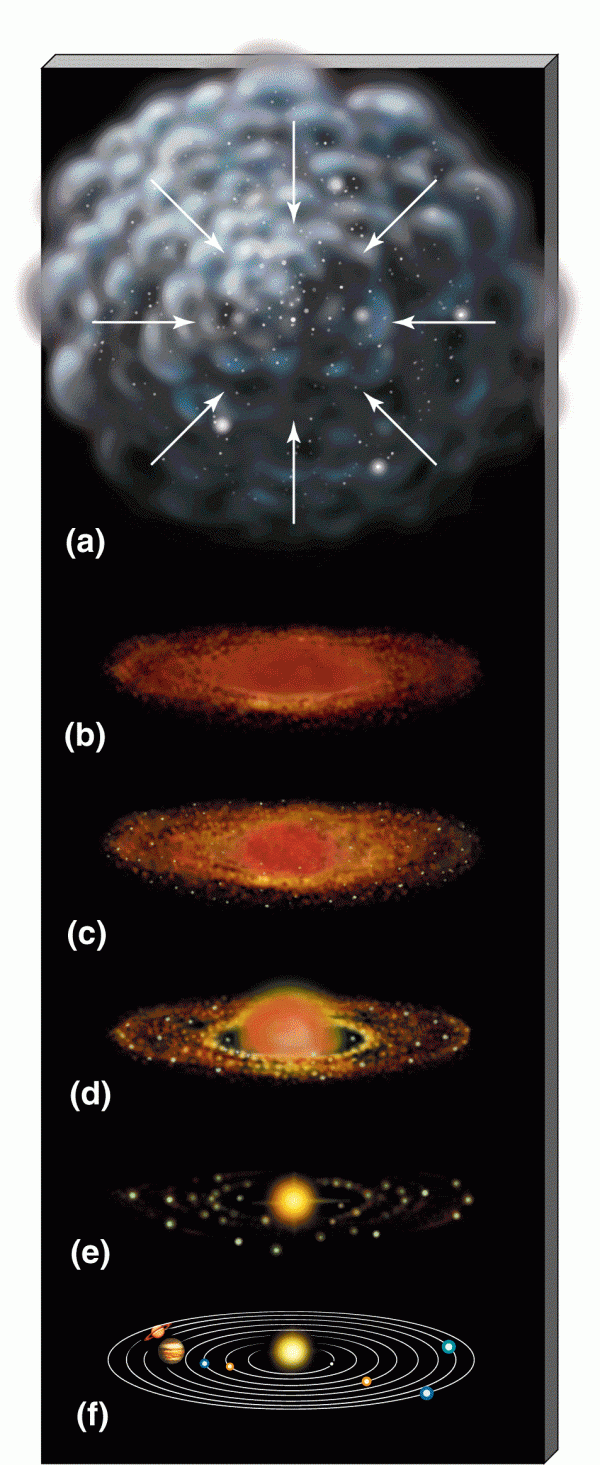
You see, a little bit of this gas and dust remained, and was never captured by a planet, moon, or other large object. We call this interplanetary dust, and it exists exactly where you think it would: in between the planets of our Solar System. Some of the dust gets ejected from random gravitational encounters, but just as much gets captured by random gravitational encounters, so the total amount present at any given time is relatively constant.
And just like the Moon reflects sunlight back at us -- reflecting the largest amount back when the Moon is full (and opposite the Sun) -- this interplanetary dust does the same thing, reflecting sunlight as well. And the dust that appears opposite to the Sun at any given point reflects the most light back at us, creating the gegenschein!
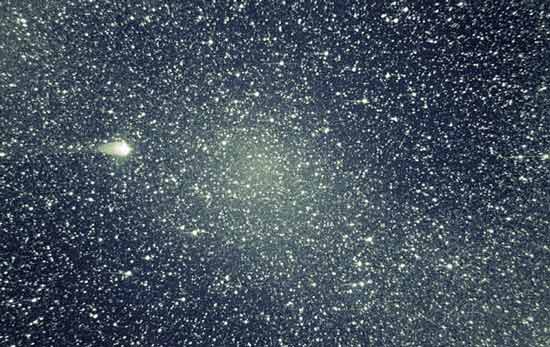
But let's think about this a little harder. This counter glow isn't spread out evenly all along the plane where the planets orbit and where the dust lives. It's concentrated at this point directly opposite to the Sun's location. Is there anything special that happens nearby that's directly opposite the Sun's location?
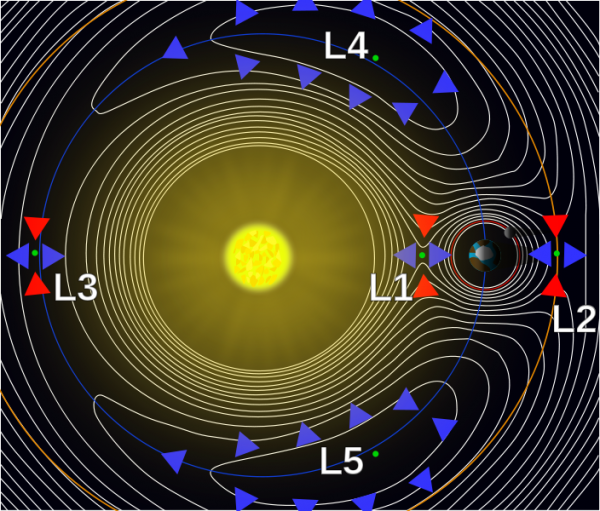
There's a special point, known as the L2 Lagrange point, where the combined gravitational force of the Sun and the Earth allow you to have a perfect orbit that goes around the Sun and always remains a fixed distance away from the Earth. You can do the math and figure out just how far this distance is, and what you find -- perhaps remarkably -- is that it's just slightly farther away than the Earth's shadow reaches!
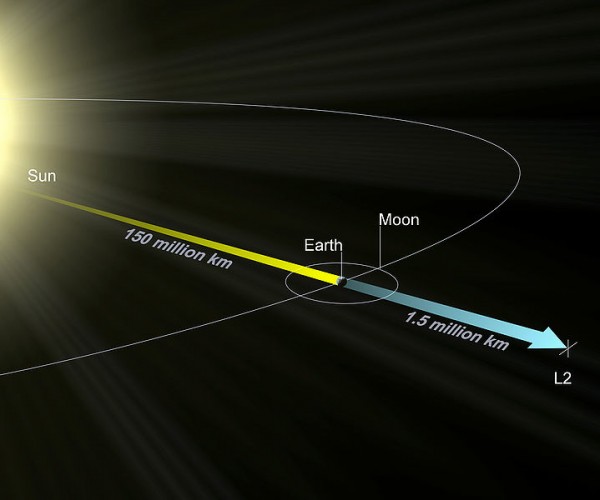
This is the same point we send our best space telescopes up to, precisely because they will remain close to Earth, in relatively stable conditions, and can orbit this stable L2 point. Our satellites WMAP, PLANCK, and the Herschel Space Telescope are already up there. But you know what else is already up there? Some of this interplanetary dust! Since this is the closest concentration of dust to us, it reflects the most light back at us, and that's why this gegenschein (counter glow) is so bright and so localized at this one place in the sky!
If you can see this where you are, it isn't because you've been celebrating cinco de mayo too hard; this is real! (If you have any, I'd love to see your photos of it, too.) So that's the mysterious light that you can see in the darkest skies on Earth, and that's where it comes from!
- Log in to post comments

Fantastic explanation and walk through. Thanks!
Um...
The lifetime of dust in the Solar System is very short - none of it is primordial. That's why dust signatures round stars are taken as evidence of the presence of asteroids or comets. (In fact, the Wikipedia article you linked says as much, so add linking to something you didn't read to your catalogue of sins)
And isn't it just geometry, like the halo round your head's shadow on any rough surface - I don't think L2 has anything to do with it?
Huh. I never thought of looking for the earth's gegenschein. The effect is a popular trick with people walking up high mountains - make sure the sun is somewhere behind you and casting a nice shadow onto the clouds below, point your camera at the shadow of your head and photograph your gegenschein. Then again, it's much easier if you live somewhere where you get this thing called 'snow' because you don't have to try to get a nice shadow on a cloud. I think clouds work better though - or I could just be senile.
@Vague #2: You need something to scatter the light, otherwise the light continues to travel forward and you see nothing at all.
Well, logicaly following, there would be a L2 Lagrange point between the Milky Way and each satalite galaxy, or perhaps Andromeda, or even on a grander scale of cluster to cluster, or even a grander scale yet of supercluster to supercluster.
Which really begs the question...Are there established L2 points between supermassive Black holes and are we looking?
Granted the farther out we look the L2 must be receding.
Would this be a logical place to look through to detect dark matter?
Or establish a base line for other observations?
great post!
Brilliant Explanation!!
The L2 point is an unstable point for orbiting objects (unlike L4 and L5). No dust would accumulate there over time, so gegenschein is "only" a low-intensity extention of zodiacal light.
As an analogy, the full moon is substantially brighter than two half moons since you do not have any shadows in your line of sight -likewise, the interplanetary dust grains seem extra bright when looking straight away from the position of the sun.
NB -none of this makes the gegenschein less cool :-)
-In regard to trapping objects at specific parts of the Earth's orbit, L4 and L5 may hold some lunar ejecta thrown out from meteorite impacts on the moon. In terms of delta-V, such fragments may be easier to retrieve than sending a sample-return probe to the lunar surface....
Regarding lunar ejecta; I meant the L4 and L5 points of Earth's orbit around the sun, not the moon's orbit around the Earth.
Great post Ethan, as always!
Well that was a misfire, when I spoke 0f L2 in comment 5 I was thinking L1, anyway "heres a pretty thing"
http://apod.nasa.gov/apod/ap100504.html
Great post.
MadScientist: what Birger Johansson said.
However, all orbits of dust particles are unstable in the Solar System because of Poynting-Robertson, etc. But that doesn't mean you don't get concentrations of dust, e.g. Earth's resonant ring, which was inadvertently discovered by Spitzer (the scope, not the bloke). So it's possible L2 has a concentration (gravity alone won't tell you because of the nongravitational forces). It's just that I haven't seen any suggestion anywhere else that it does, and the Gegenschein is usually explained with reference to the Opposition Effect.
You are so full of shit. The gegenschien DESTROYS heliocentric mode. The shad ow of the earth would not diminish like you say in your lame cartoon. The TRUE model is the concave earth, where the sun is inside the earth and its light is wrapping around and converging at the antisolar point. Lunar eclipses are not the shadow of earth, but simply when the moon exists the illumination zone at the convergence point, which is funnel shaped. Watch my videos, I explain this perfectly. Lord Steven Christ.
Nope, complete bollocks there, old boy.
'allo,'allo,'allo? Not the reincarnation of 'rimmer9' by some strange coincidence?
Do't mention his name three times, PJ, it summons it from the pit of hell....
That's even worthy of the dump thread.
"NOT even"
Since 'heaven' and 'hell' are only a state of mind, I think we are perfectly safe from that outcome. :)
Hey, Tex, you haven't got the 'dump' to 800 yet. Slowing down, are you? Self control starting to kick in a little bit, maybe?
Yeah, problem with that though is riomar doesn't appear to have a mind. So it's stateless.